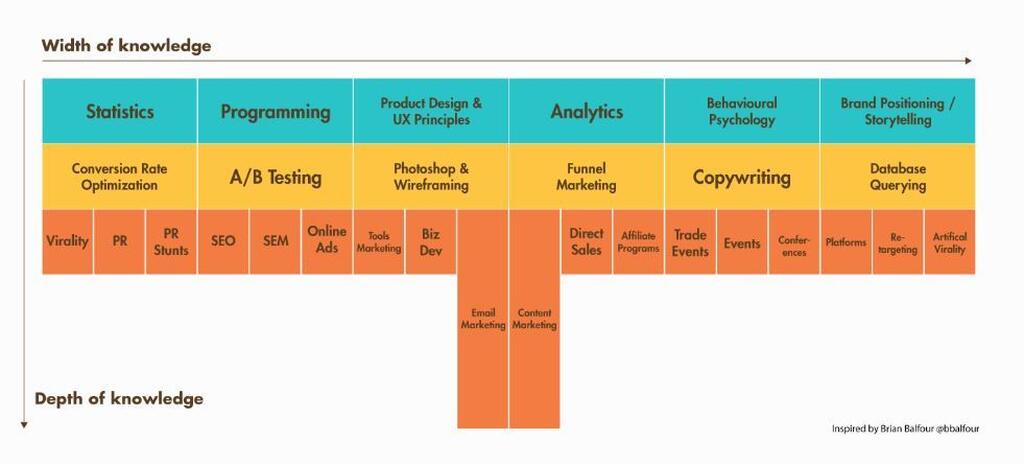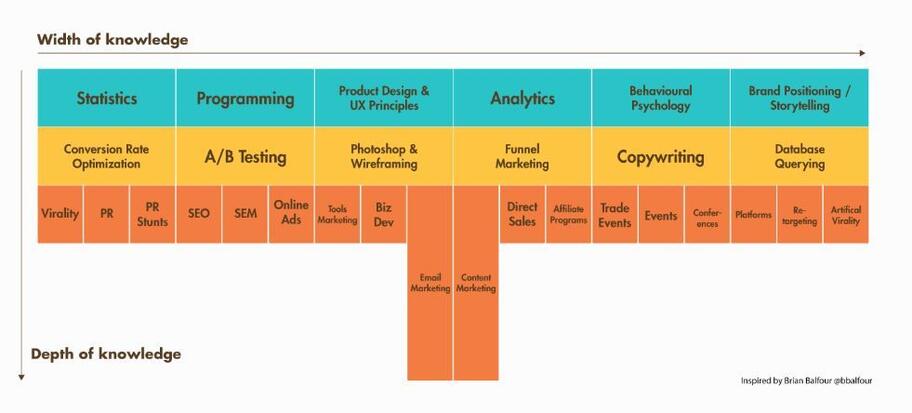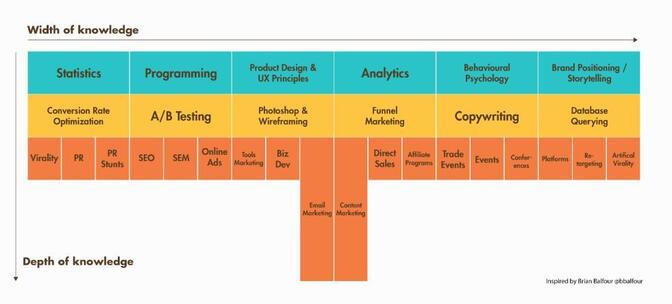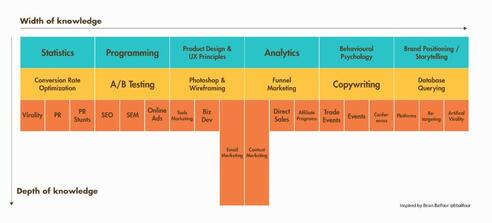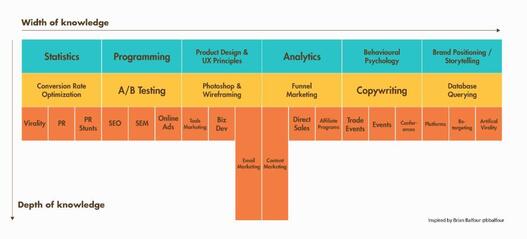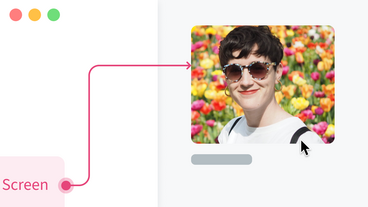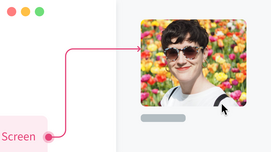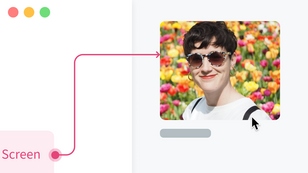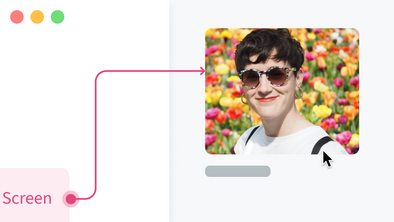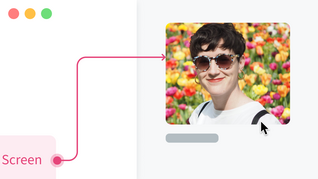Ariel is a growth hacker in the marketing department here at Bynder. When she’s not busy browsing Product Hunt, she’s looking for new ways to grow the Bynder brand. In this interview, Ariel talks about her role, what makes a good growth hacker, and why she loves working at Bynder.
So Ariel, what exactly does a growth hacker do?
For me, a "growth hacker" is a marketing-made buzzword to call the new and, in my opinion, the right direction of online marketing. A growth hacker’s main focus is conducting experiments to unlock growth opportunities based on an in-depth analysis of stages and user flows—AKA funnels. Being a growth hacker is all about the mindset. You need to be more data-driven, have a bigger picture of the whole funnel, and be very goal-oriented. The word "hacking" can be a bit misleading sometimes. I usually have to tell people that a growth hacker is not the same as a black hat hacker. Nor is it only cutting edge stuff. It’s about finding new approaches to achieve business goals, so it involves more strategic thinking and planning.
In one sentence?
Growth hacking balances the art and science of marketing to acquire and retain users/customers by using the most meaningful data.
What qualities does a growth hacker need to have?
A growth hacker's job is to find a scalable, repeatable way to grow a metric. So at the very minimum, you need to know about conversion rate optimization, UX and understand basic statistics. Growth hackers are “T-shaped” players. In other words, you need to have a general understanding of a wide range of skills, while specializing in two or three.
Growth hacking is a team sport, who do you work with on a daily basis?
I work with the design and copy team on a regular basis. Most of the experiments we run either test CTA copy or UX design.
Does that mean growth hackers also need good soft skills?
Definitely! As long as you are working in a team, you need to be able to communicate clearly and professionally. The job also requires you to be more self-reflective, open to feedback and accepting of new ideas.
What’s the first thing you do when you arrive in the office?
Get a coffee. But not in the funnel 😉
You started your career as a journalist, how did you end up as a growth hacker?
Media and marketing go hand in hand. So when I was working as a content producer for a media company, I was always thinking about my target audience, how to promote my interviews and stories, as well as my media company. This got me interested in the commercial side of content, now known as content marketing.
That led me to pursue a career as a copywriter for marketing localization. After that I worked for a startup, creating content to attract the first batch of clients and followers. That’s when I realized that I had some gaps in my knowledge bank, namely the technical side of marketing.
So when I discovered the growth hacking academy in Amsterdam—also the first growth hacking academy in Europe—I signed up for the three-month intensive course straight away! Those three months completely changed the way I approach my work. I was lucky enough to work with people from totally different backgrounds, from business analysts and software engineers to designers, on real startup projects.
What’s on your reading list at the moment?
Amplitude’s Product Analytics Playbook and Robert Cialdini Pre-Suasion.
Is Bynder a good place to be a growth hacker?
Absolutely! Bynder is a very data-driven company, especially in the marketing department. As being data-driven is the foundation of growth hacking, it’s easy to get my colleagues on board with new experiments. We’re all on the same page!
And finally, what advice would give to people considering going into growth hacking?
Growth hacking is a relatively new job position, which means that everyone has the chance to be a pioneer in the field. But if I had to give one piece of advice it would be ABL (always be learning) and ABT (always be testing).





